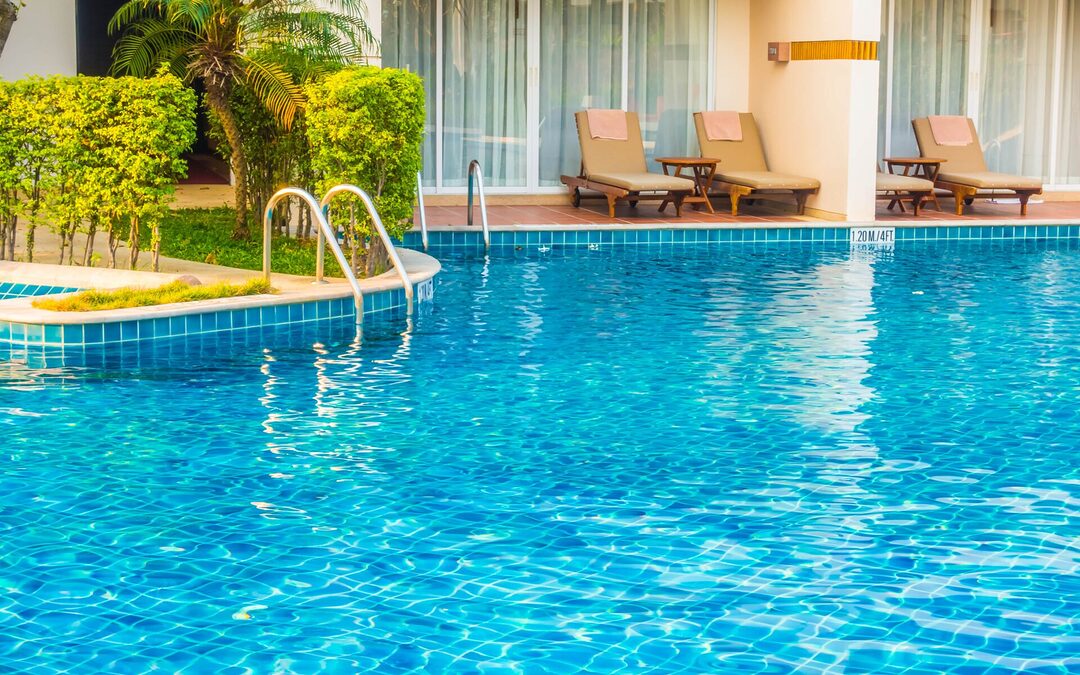How to Winterize Your Pool?
The cooler weather means you’ll be spending more time indoors, and if you’ve got a pool, that means you’ll be spending lots of time in your outdoor oasis.
However, the cold temperatures also bring an increased risk of damage to your pool due to erosion, algae growth, and other factors.
That’s why it’s so important to winterize your pool properly and follow these six tips to keep it in tip-top shape this winter.
Clean your pool thoroughly
The first step in winterizing your pool is to get the leaves, bugs, and other debris out. Scrub the walls, floor, and waterline with an algae brush or leaf rake.
Rinse the entire surface of the pool with a strong stream of water from your hose. Allow any standing water to drain away. Check for any additional debris that might have been missed during the initial cleaning process before moving on to the next step.
Buy the right equipment
Before you start winterizing your pool, you’ll want to buy all the necessary equipment. Ideally, this should include a leaf net, pool cover, vacuum head (the kind with the long hose), and skimmer net. It’s also advisable to invest in an automatic cover lift.
These devices are powered by solar panels and can be programmed for use at particular times of day. They’re especially helpful during those cold months when it’s hard to get outside on a regular basis.
Use pool cover
A pool cover is an invaluable tool for winterizing your pool, and it’s one of the most important steps in keeping your water warm throughout the winter.
A pool cover can help reduce heat loss by as much as 85%, which will help you keep your water warmer than if you left it uncovered. You can easily get the cover from a pool construction company
Remove algae
Algae can build up on the surface of your pool over time, so it’s important to remove it before winter. First, use a scrub brush or pool brush with an algae removing chemical like Algaecide.
Scrub the surface of your pool until the algae is gone and wait for the water to clear before you continue. If there are still visible signs of algae, you can use a granular algaecide or algaecide tablets which will kill any remaining algae cells.
Check pH level
Maintaining the pH level is very important. The pool should be balanced between 7.2 and 7.6 for optimal water chemistry. To test your pool water’s pH level, take a sample of the pool water and place it in an inexpensive pool testing kit readily available at a pool construction company.
Use shock treatment
This is the best time of year to get your pool ready for winter. Shock treatment will help keep your pool clean and clear during winter, while also killing any algae that may have grown in the water, and preventing it from growing back.
Conclusion
In conclusion, for anyone who can’t bear to part with their swimming pool through the harsh winter months, the best thing to do is to fully winterize your pool and store it away. This will prevent any damage that might occur while the pool is idle.

